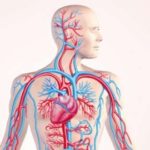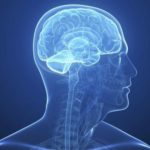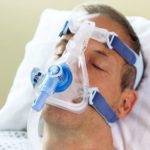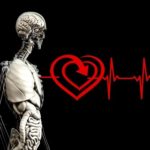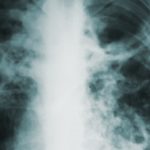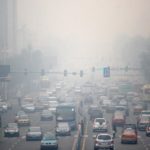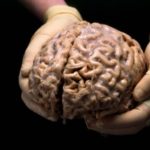25 interesting facts about the human respiratory system
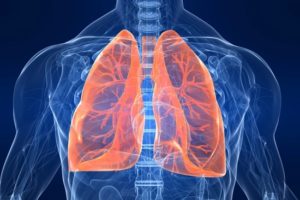 Throughout life, the human respiratory system works continuously, not stopping from birth to death. It is thanks to her that we get the oxygen we need for our existence, and, in fact, we live. Moreover, it includes much more organs than just the lungs or nasopharynx, and it is very complex.
Throughout life, the human respiratory system works continuously, not stopping from birth to death. It is thanks to her that we get the oxygen we need for our existence, and, in fact, we live. Moreover, it includes much more organs than just the lungs or nasopharynx, and it is very complex.
The main function of the lungs is the process of gas exchange in the lung tissue. It receives the oxygen that we breathe, and in return gives off carbon dioxide.
On average, an adult with a normally functioning respiratory system consumes about 9-10 thousand liters of air daily.
People with special training can hold their breath for up to 5-6 minutes. That’s the way pearls are still mined in some countries – poor catchers don’t have money to equip, so they dive underwater right like that, without anything.
On average, the human respiratory system consumes about 8 liters of air per minute. During this time we take 15-16 breaths, plus or minus.
When a person sneezes, air leaves his body at a speed of about 1000 km / h.
The human nose is a filter of the respiratory system. He has as many as 4 degrees of filtration.
In large cities of Japan, where the air is heavily polluted, there are special clubs where visitors can breathe purified and aromatic air.
Breathe correctly through the nose, not through the mouth. When breathing through the mouth, air enters the lungs immediately, without first purifying from harmful microorganisms, and also without changing its temperature, and it can easily be too cold.
The human respiratory system works continuously. Over a year, a person takes about 8 million breaths.
Lungs got their name because they don’t drown in water if thrown there. Because the lung tissue is saturated with oxygen.
Exercise helps to develop and strengthen the respiratory system. The athlete’s lungs are able to retain more oxygen than the lungs of an ordinary person.
It is the respiratory system, more precisely, the lungs, that creates the flow of air when we speak, and provides us with the ability to speak.
Inhaling requires more significant muscle effort than exhaling.
Residents of large cities suffer from diseases of the respiratory system on average twice as often as residents of rural areas.
In the human lungs, there are about 600-700 million tiny alveolar vesicles, in which oxygen is concentrated when we take a breath. Their area is approximately 50 times greater than the surface area of the body of an average adult.
Usually people breathe through one nostril more than another. One is as if the main, and the second – auxiliary. At the same time, every 3.5-4 hours they change functions.
People who are prone to snoring have up to five hundred respiratory system stops during the night while they sleep.
The breath holding record belongs to Goran Cholak. He managed to hold him for 22 minutes 30 seconds.
There are currently 4 people in the world who can hold their breath for more than 20 minutes.
In the cold, the respiratory system warms us, as in the lungs fats burn up when interacting with oxygen.
In almost all people, more air is placed in the right lung than in the left.
In autumn, the human respiratory system works on average 30% less actively than in spring.
A person continues to breathe even in an unconscious state.
The total volume of the human lungs is about 5 liters, but about 0.5 liters of them are constantly involved in the process of oxygen absorption and carbon dioxide removal.
In a relaxed state, the human respiratory system consumes about 250 ml of oxygen per minute, but in case of physical exertion, its consumption can increase by 10 times.


